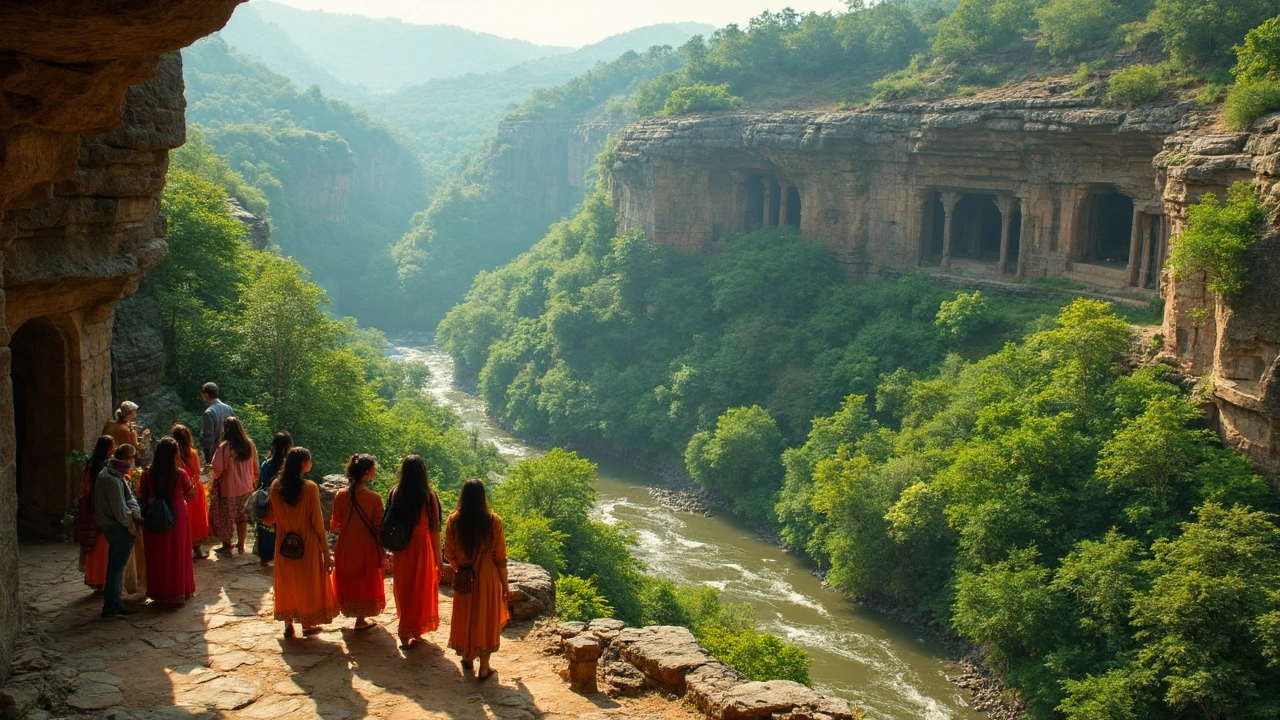UNESCO World Heritage Sites in India: Top Places to Visit
When you think of UNESCO World Heritage Sites, places recognized by the United Nations for their outstanding cultural or natural value. Also known as World Heritage Sites, these locations are protected not just for their beauty, but because they tell the story of human history and the natural world. India is home to 43 of them—more than any country in South Asia. From the marble grandeur of the Taj Mahal, a 17th-century mausoleum built by Emperor Shah Jahan in memory of his wife to the ancient stepwells of Gujarat, these sites aren’t just postcard views—they’re living pieces of history you can walk through.
These sites fall into two main types: cultural heritage, man-made places like temples, forts, and cities that reflect human creativity and tradition, and natural heritage, areas like forests, mountains, and wildlife reserves protected for their ecological importance. The Khajuraho temples, with their intricate carvings, are cultural gems. The Sundarbans mangrove forests, home to Bengal tigers, are natural wonders. And then there are mixed sites like the Western Ghats, where ancient trails wind through biodiversity hotspots still used by local communities today. These aren’t just tourist stops—they’re places where culture, ecology, and history overlap in ways you won’t find anywhere else.
What makes these sites special isn’t just their age or scale—it’s how they’re still part of daily life. People pray in the same temples that tourists photograph. Farmers still use centuries-old irrigation systems near the stepwells. Locals guide visitors through forests that UNESCO listed not just for their trees, but for the knowledge passed down through generations. That’s why visiting these places responsibly matters. You’re not just seeing history—you’re stepping into living traditions. And that’s why the posts below cover everything from how to plan a trip to the Taj Mahal, to why some of India’s most underrated heritage spots—like the ancient rock shelters of Bhimbetka—are just as powerful as the big names. Whether you’re looking for the best time to visit, how to avoid crowds, or what to know before entering a temple near a World Heritage site, the guides here give you real, practical info—not fluff. You’ll find what works, what doesn’t, and how to make the most of every visit.
